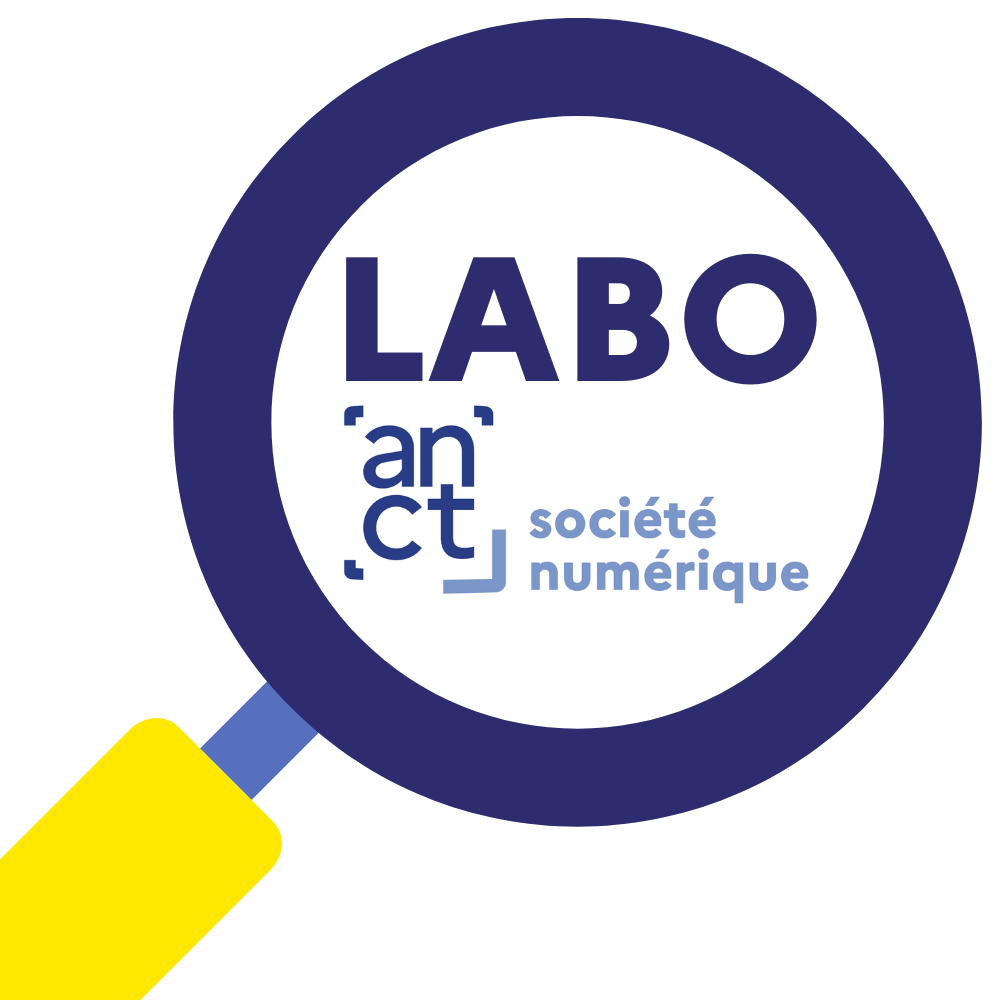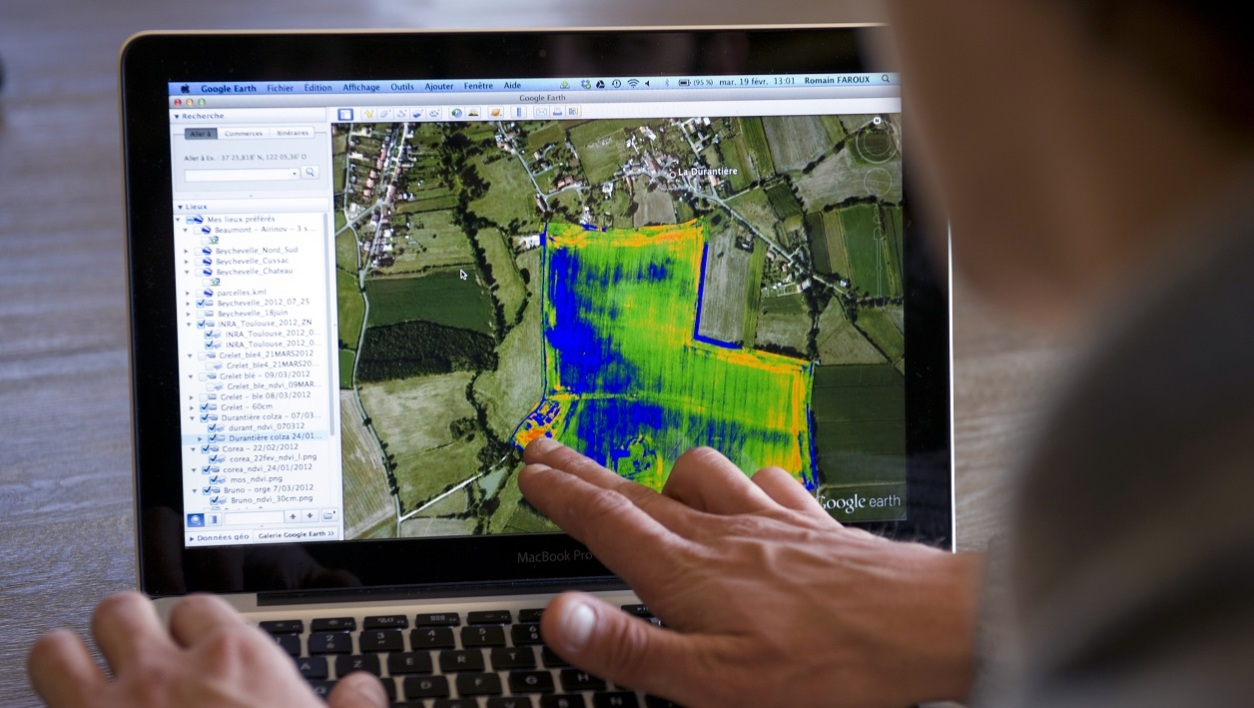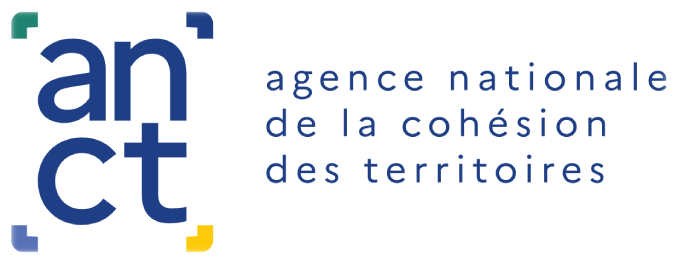In a report dedicated toconnected agriculture, the Digital Renaissance collective emphasized in 2015 that " the major training project for farmers has not yet begun, but it must be organized quickly and in a multi-actor logic so that farmers, their unions and cooperatives can take advantage of the agricultural revolution underway. Multi-actor plans, between private companies, unions, cooperatives, can be set up quickly, exploiting the resources enabled by digital: distance learning courses, serious games, information sharing, personalized follow-up."
At the end of the Connected Agriculture experiment (2014-2016), all the farmers stated that broadband Internet had become indispensable in their profession, both for the electronic transmission of their CAP declaration or animal births and for their accounting. From precision farming to the use of the Internet for training or ordering equipment, digital technology is transforming the uses and skills of the agricultural sector and training.
Farmers are more equipped with computers than the average French person, almost as equipped with laptops but less with tablets and smartphones.
97% of farmers go online every day
Professionally, farmers are becoming dependent on Internet access for their increasingly varied uses. Renaissance Numérique distinguishes these uses in three categories: for agricultural production, for administrative and financial purposes, and for secondary income-generating activities (agrotourism, short-distance circuits, etc.).The smartphone has become a measurement system for farmers. It is most often used as a GPS and camera. A dozen uses of applications by farmers have been identified by the study: equipment adjustments, surveying, guidance, weather, field observation, interpretation of the terrain (Observatory of digital agriculture uses).
Digital technology: a tool for information, continuing education and management.
Even if farmers are still less equipped with a smartphone than the average French person (44% and 54% respectively), the trend is increasing (+9 points in 2 years).- On the computer, banking services and farm data are the most consulted content (89.3% and 84.5% respectively). This is followed by information from local agricultural partners (77.3%), classified ads (76.2%), and professional agricultural news (70.3%).
- On smartphones, professional agricultural weather is by far the most consulted content (74.3%), followed by agricultural technical information and warnings (36.3%) and agricultural quotations (32.5%).
- Finally, on tablets, classified ads (40.9%) and the weather (33.9%) are the most consulted (Agrinautes 2016 study).
An observatory of digital agriculture uses
The observatory of digital agriculture uses (AgroTic Chair and Convergences Institute) active since November 2016, has published several files and survey results on uses related to agricultural production:- the smartphone as a measurement system in agriculture
- digital uses among vineyard technicians
- the uses of remote sensing (drones, planes, satellites)
- and future uses of traceability in agriculture
Wine technicians (from technical institutes, independent consulting structures, chambers of agriculture, or cooperatives) advise and monitor wine growers on disease protection, traceability of advice and work, fertilization modulation, weed control, equipment adjustment, sizing for equipment and input orders, administrative declarations, and harvest management. 99% of the technicians interviewed in the study use a laptop, 80% a smartphone, 75% ground sensors, 55% GPS and 40% portable measurement systems. Smartphone applications for disease identification are used by 45% of them.
The main obstacles to the adoption of digital technologies by winegrowers are, according to the technicians:
- input time
- the complexity of the tools
- the cost of equipment and services
- and the lack of visibility on the offer.
Difficulties in the training of teachers in agricultural establishments despite a shared recognition of the growing role of digital technology in training
A 2016 CGAAER survey proposed an inventory of in-service training for teachers in agricultural education. Digital technology plays an important role in the expectations, concerns and uses of teachers.
First of all, it is recognized as a pedagogical tool: "Digital technology is cited by teachers as a way to teach their subject or to animate the class. But it is a tool that is still poorly mastered: questioned directly, they express their reluctance to use technical tools that they do not master and that require too much time to appropriate before easy and risk-free use with students."
This observation is shared in the report on digital jobs in EPLEFPAs (Établissements Publics Locaux d'Enseignement et de Formation Professionnelle Agricoles) by the Ministry of Agriculture's Observatoire des Missions et des Métiers in 2017. It reads:
"We notice a very strong heterogeneity of skills around digital among teachers and it becomes essential to accompany them in mastering the new tools and uses; this would avoid hearing a student indicating to his TIM teacher about one of her colleagues: ʺMadam, is there such a thing as the B2I for teachers? because you should give it to Madameʺ... School leaders also see or sense a shift toward the dissemination of tools and uses. Since most teachers are not trained, the gap with students can be a handicap and put some of them in difficulty."The authors of the CGAAER report point out that training at the school level does not mobilize teachers, but that "training on digital education, carried out mainly at the regional level, is on the rise (DRTIC). The teachers "nevertheless recognize the relevance of this very local form of training and mention the arrival of new equipment in the school - tablets, interactive whiteboards (IWB) and work environment (ENT) - as opportunities to engage in new practices."
Références :
Training in digital uses within the institutions must be implemented by the teachers of Multimedia Computer Technologies (MCT). According to the authors of the report underline:
- "only half of IMT teachers conduct trainings or coach their peers on a regular basis"
- "the themes of the training courses remain very classic and not in adequacy with the recommendations indicated in the various reports on the educational digital technology"
- "a TIM teacher in charge of the IT department has less time to conduct other activities."
- "the organization and functioning of the EPLEFPA at the digital level are not formalized".
A tool for continuous training
Finally, digital technology is also identified as a tool for continuing education, for teachers and in particular for teachers of Multimedia Computer Technologies. The latter have already appropriated the Internet as a tool for continuing education, but teachers of other disciplines remain rather behind in this type of practice:"Online training is a modality that is still little known, but it does arouse interest when it is offered in the form of mixed (or hybrid) courses that include a time for grouping or exchange. MOOCs, relatively little cited by teachers, are associated with the need to invest time often considered incompatible with their personal and professional availability."The authors of both reports agree that it is necessary to improve the legibility of the functions and organization of the EPLEFPA around digital technology, to develop a common culture around digital technology and to develop digital education in agricultural training establishments.
Sources
- 1. Smartphones are still making progress among farmers, Terre-net, 2016
- 2. THE CHALLENGES OF CONNECTED AGRICULTURE IN A DIGITAL SOCIETY, Renaissance Numérique, 2015
- 3. The smartphone as a measurement system in agriculture, an observatory of the uses of digital agriculture
- 4. Digital uses among wine technicians, observatory of digital agriculture uses
- 5. The uses of remote sensing (drones, airplanes, satellites), observatory of the uses of digital agriculture
- 6. Continuing education for teachers in agricultural education, CGAAER, 2016
- 7. Report on digital professions in the EPLEFPA, 2017
- 8. Summary of digital professions in the EPLEFPA, 2017





